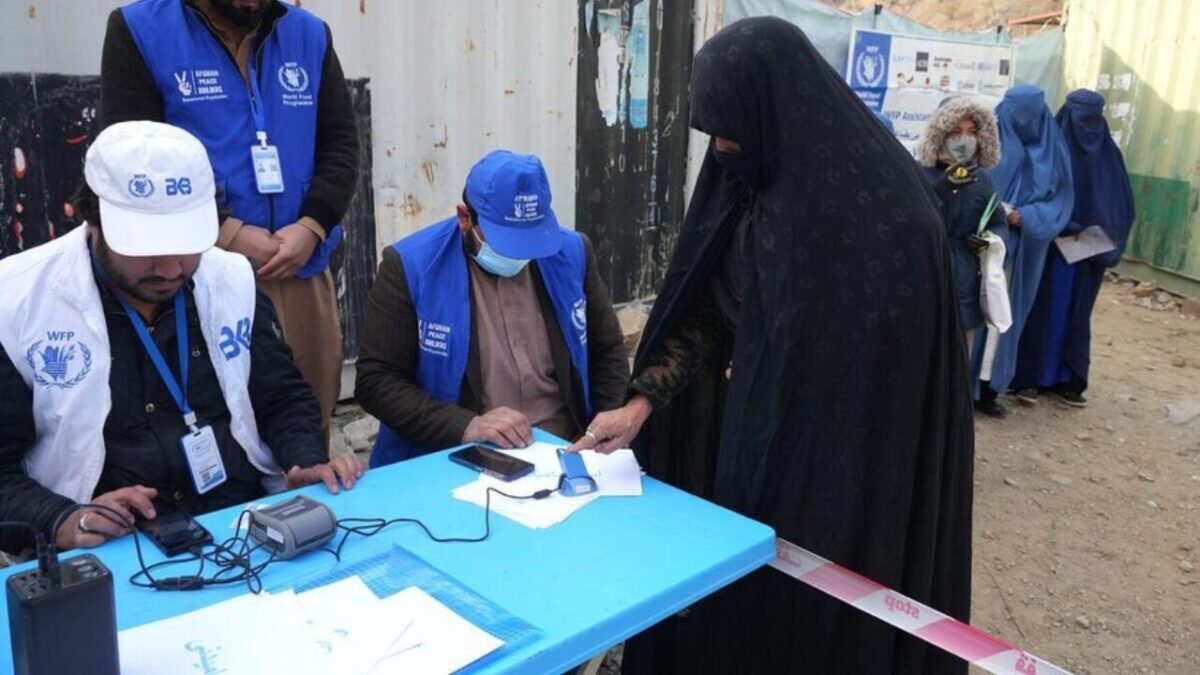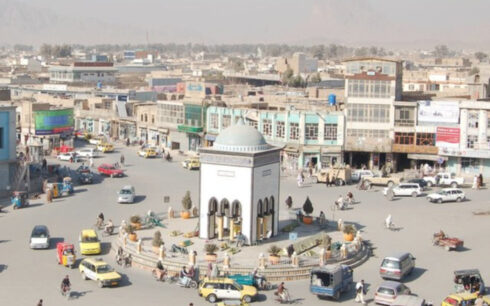KABUL, Afghanistan — The World Food Programme says it reached nearly 12 million people across Afghanistan in 2024, delivering emergency food, nutrition, and livelihoods assistance to a quarter of the population, even as funding gaps and rising food insecurity continue to threaten fragile progress.
In its annual report, released Thursday, April 24, WFP said its operations targeted the most food-insecure regions using early warning and famine prevention tools, directing resources to communities hardest hit by drought, conflict, and economic decline.
Despite the scale of the effort, WFP warned that $1.6 billion was needed in 2024 to meet food assistance needs, but only $615 million had been received — less than 40 percent of the required funding. The gap forced difficult decisions and program reductions in several provinces.
According to the report, 9.1 million people received emergency food rations; 1.3 million children, half of them girls, were fed through school meal programs in eight provinces; and 4.8 million children under five and pregnant or breastfeeding women and girls received nutritional support.
Also, over 113,000 Afghan returnees from Iran and Pakistan were provided with food or cash assistance and 3.2 million people with disabilities accessed tailored aid, including food, vouchers, and capacity-building programs.
WFP also emphasized its efforts to build long-term resilience. More than 430,000 people participated in “food for assets” projects — such as constructing 295 irrigation canals and improving 36,530 hectares of agricultural land — receiving both food and $16 million in cash transfers in return.
Livelihood programs reached over 115,000 people, nearly half of them women, with vocational training, startup kits, and cash assistance. Another 12,230 smallholder farmers benefited from support to access local markets.
The agency’s school meals program, a critical safety net in a country where girls are barred from formal secondary education, provided on-site meals to thousands of students — including meals fortified with nutrients like wheat, raisins, and nuts.
WFP highlighted the story of Bibi Sharifa and her sisters, who operate a home bakery with WFP support, supplying bread to schools in their community — a rare form of economic opportunity for women in a country where public life and work remain restricted for many.
WFP added that in addition to ground operations, the United Nations Humanitarian Air Service (UNHAS) facilitated the movement of over 20,000 humanitarian personnel, ensuring access to hard-to-reach areas.
WFP said it aims to reach 14.4 million people in 2025, focusing on targeted, efficient interventions with measurable impact. But the agency warned that without sustained international support, millions of Afghans remain at risk of sliding deeper into hunger.





